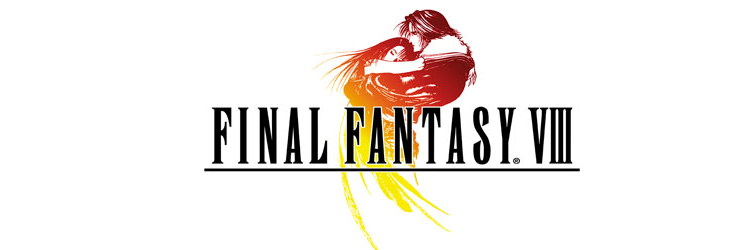- Genre: JRPG
- Platform: PS1
- Also Available On: Steam, PSN
For the first game of the year, I went with…..an old game? It’s been a while since I played something that I’d really describe as a straight JRPG. Pokemon Moon was probably about as close as I’ve been recently, so I pulled this one out of the pile. Having never finished it, I went into it a bit nervous. The last time I tried replaying a PS1 FF game (FF9), I shelved it almost immediately due to the slow pace of the battles and slow progression of the story. While this one certainly suffers some of the slow battle pace, mostly due to the summons system, a lot of the other systems that the game was built around have ended up aging incredibly well compared to many of its peers.
I guess I’ll get this out of the way first; the story of FF8 has held up very well. The core group has a wide range of different personalities that don’t end up irritating me. The world the game lives in has a nice variety of different settings, and a generally well put together overarching plot. There’s a relatively well put together love story between two of the main party. In general, this is still one of the better stories in the Final Fantasy series, and it’s held up pretty well. It’s also worth noting that this is probably my favorite soundtrack in total in the series. There’s obviously the high points in other games, but the FF8 soundtrack has always impressed me throughout in how consistently good it is throughout the game.
With that out of the way, let’s talk about the game itself.
Let’s start with the core of the game, the battle system. While at its core it definitely is a Final Fantasy ATB-style battle system, the removal of mana from this game has a lot of interesting ramifications. Instead of using mana, spells are drawn from enemies and the environment and stocked per-character. These drawn spells also then act as a replacement for equipment typical of most FF games, and can be applied to characters for boosts to all stats. For my playthrough, this vastly increased the value of typical trash fights, as I’d be paying attention to what magic was available in each area in order to stock up on useful spells that I could not depend on being available further into the game.
The other significant change is that levels, while potentially important to a standard play through, function entirely different from the rest of the series. Leveling up is straight out 1000 EXP per level. While this may sound kind of strange, apart from a handful of areas that are fixed level, the rest of the enemies (including bosses) scale with the player’s level. For me, this basically gave me an expected flat difficulty throughout the game, which tended to minimize the amount of grind that I needed to do in any area. This also means that the game can be cheesed in curious ways. For example, the game could theoretically be finished with 0 exp, as bosses don’t give experience. I suspect the group can also effectively start the game at level 100 if enough grinding is completed in the starting area of the game. The end result of all this is that the game became a lot more about a per-fight strategy, instead of the typical back and forth of hitting a difficulty spike and grind wall that FF games were usually prone to.
All that said, I was kind of surprised by how well this one has aged. It’s certainly not without its problems. Boss fight strategy can often be vague, resulting in the need to get entirely wiped at times to figure out the specific set of things needing to be done. The actual summon animations are also incredibly unnecessarily long, though the dependency on using summons is typically tied to specific fights. However, this is still a JRPG that I’d recommend to fans of the genre that haven’t played it in the past. With it now easily available on PSN and Steam, there’s not much excuse for gamers on modern platforms to skip it if they feel the need to scratch that JRPG itch.
